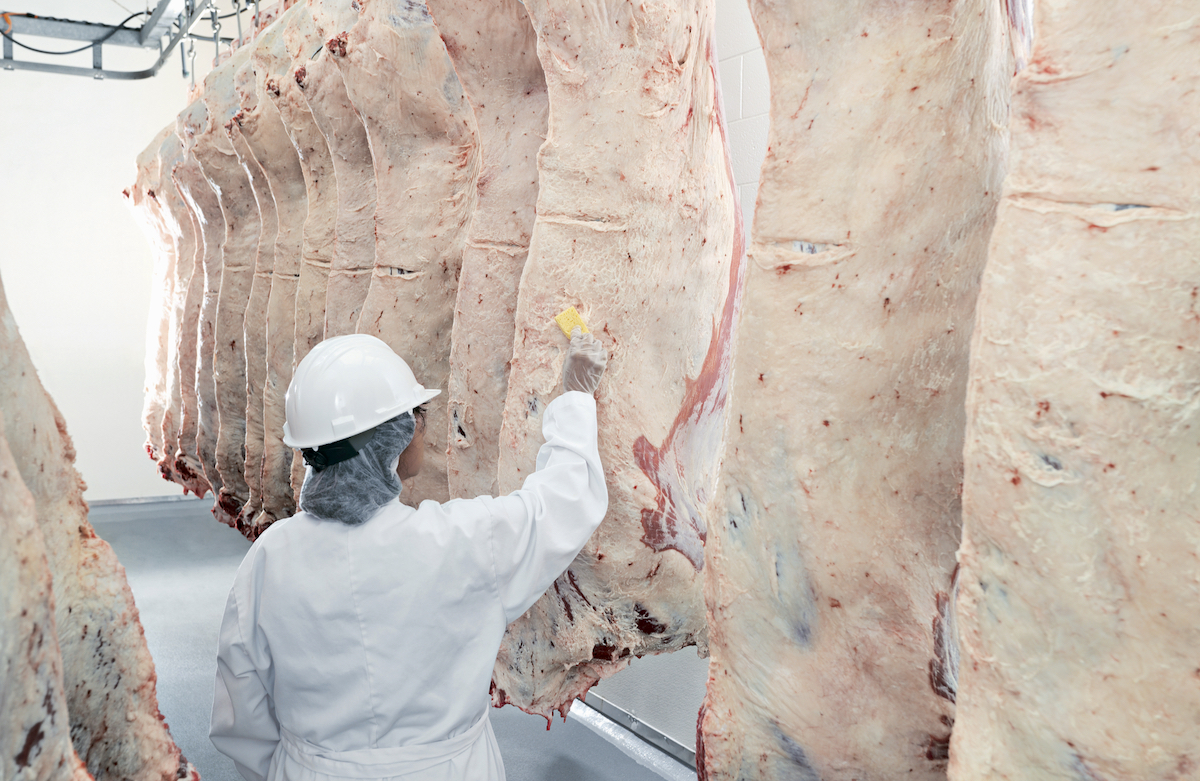Frost that hit the wheat crop in Brazil’s leading producer state Parana this week will likely force the country to import more than the 2 million tonnes of wheat it has bought from North America, even with tariffs, Brazilian buyers said.
Local meteorologists Somar and Simepar reported multiple days of frost over the heart of that country’s wheat growing regions this week. In addition, they say more frost could hit Parana wheat areas on Thursday.
Early in July, the Agriculture Ministry forecast that Parana would produce 2.7 million tonnes of wheat, almost half of Brazil’s expected total output of 5.6 million tonnes. Brazil has an annual wheat demand of 11 million tonnes.
Read Also

U.S. livestock: Cattle, hogs end week on high note
Cattle contracts and nearby hog futures ended the week on a high note after a week rife with losses. Most-traded…
An official at the Agriculture Ministry said on Wednesday that no decision has been taken at this time to expand the quota and the ministry is monitoring the situation.
Most of its wheat imports come from Argentina but limited output and government export curbs there have forced Brazil to set a 2-million-tonne quota to buy North American wheat to help make up for the shortfall from Argentina.
Traders say Brazil has already exhausted that quota.
“It’s most likely that this cold snap will have a big impact and we will have to import quality wheat to blend,” a trader in Campo Mourao, an important agricultural region in Parana where the skies cleared on Tuesday favoring the formation of frost.
The trader who declined to be named said the frost damage to the Parana crop could prompt Brazil to import an additional 1 million tonnes of wheat this year, considering the vulnerability of that state’s crop to frost.
Analysts say Brazil has already exhausted surplus wheat supplies in the Southern Cone, including fellow Mercosur trade partners Argentina, Uruguay and Paraguay. Earlier this year, the government — recognizing the potential shortfall — exempted 2 million tonnes of non-Mercosur wheat from a 10 percent common import duty that is normally applied to grain originating from outside the trade block.
Brazil typically turns to North America when it needs to import wheat from beyond the region.
“I think the government will open additional quantity and expand the window (Aug. 31 deadline for duty-free import), if this (loss from frost) in fact happens,” the trader said.
An executive of one of Brazil’s biggest flour milling groups also believes the government will expand the tariff-free wheat import quota. If not, there could be renewed pressure on domestic food prices at a time when inflation is just starting to come off an upward swing that has concerned the central bank.
Domestic wheat prices are near 800 reais a tonne in Parana, their highest in years , and flour milling groups say they have not yet been able to pass through all of the increases in wheat prices over the past year to end consumers.
“By my count, only 100,000 tonnes (of the 2 million tonnes quota) has not been used up,” the Sao Paulo-based flour mill executive, who did not want to be named said.
Brazil’s wheat harvest will hit the domestic market in September. Harvest of Argentina’s new wheat crop be late, starting in December due to delays in planting. The scarcity and high price of wheat there will mean the early harvest will go to Argentine flour mills, delaying exports to Brazil until January, the Brazilian mill executive said.
He added that local mills would likely buy more wheat from the United States and Canada during the next few months, even if the government did not lower the tariff.
“The Northeast will continue to buy, even factoring in the tariff. If pizza was expensive, it will turn more expensive still,” the executive joked.
Brazil’s wheat harvest in 2012 was down 20 percent to 4.4 million tonnes due to bad weather and planting.
The Agriculture Ministry estimated Brazil’s wheat imports at 6.8 million tonnes in the July-June 2013/14 year, a forecast made before the frosts in Parana damaged the developing crop.
The full extent of the losses to the crop will become known in the coming weeks.















